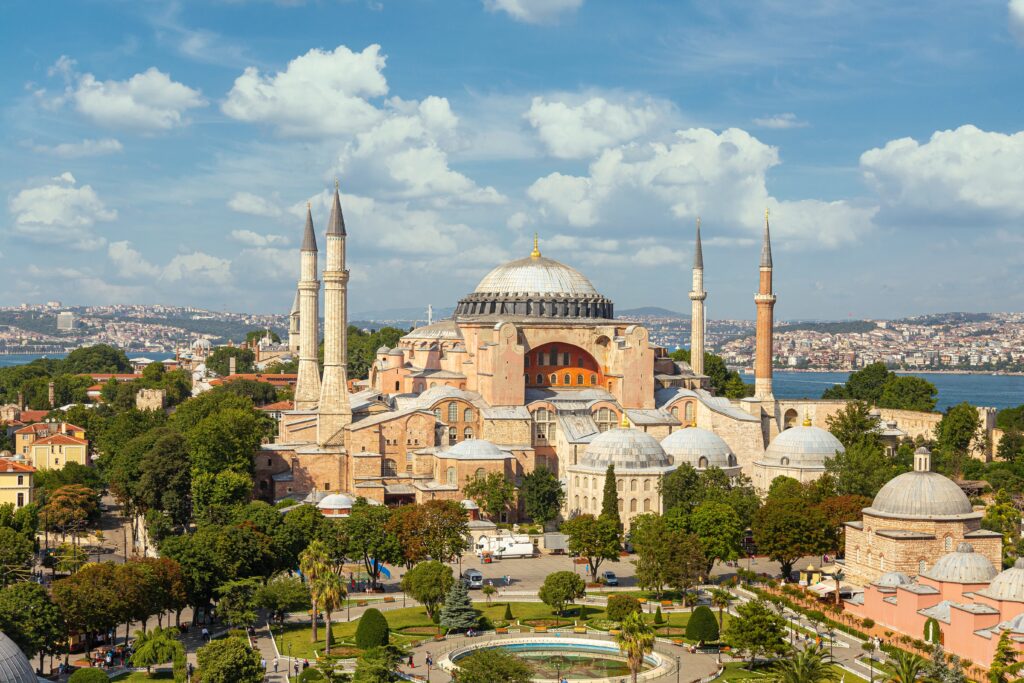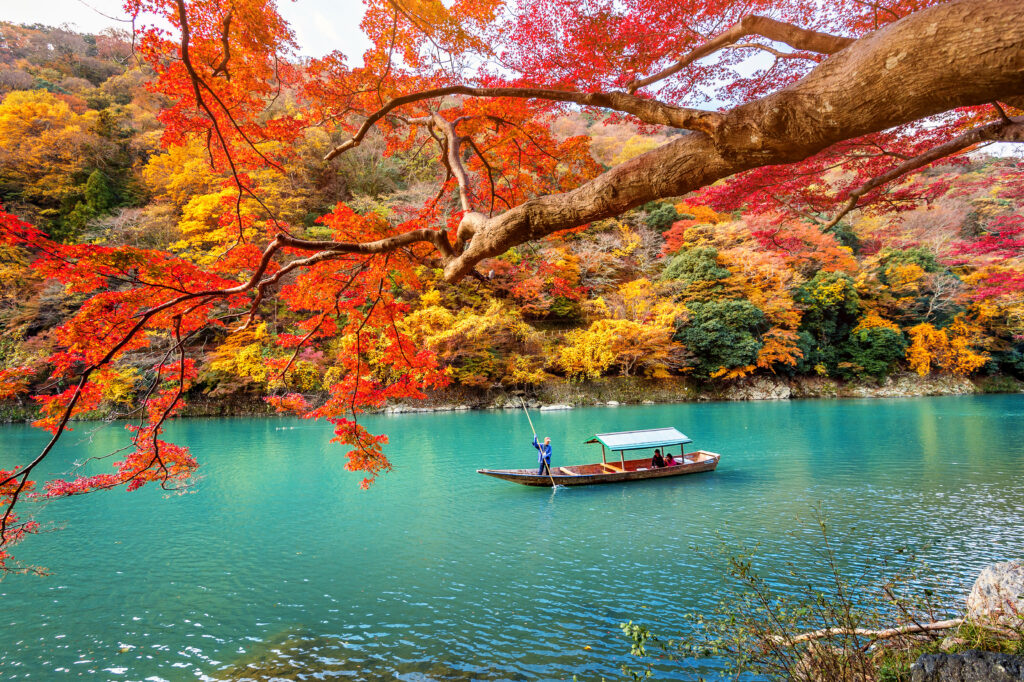Enchanting Travels’ co-founder and CEO shares memories from his first visit to Istanbul.

Istanbul is an enigma.
At different moments, it left me wondering whether I was in Europe, Asia, or North Africa. I am fascinated by places that are somewhat confusing, challenging, and mysterious. And Istanbul was all this. Capital of the Roman, Byzantine, and Ottoman Empires for over 1,500 years, it has tremendous historical significance. It was the center of trade, politics, and religion, and during the Ottoman era, also a center of science, culture, and arts. Geographically, Turkey (or Türkiye as it is now known) is at the center of the world. Partly in Europe and partly in Asia, Istanbul straddles two continents and, because of its long history, is a true melting pot of various cultures and civilizations from Europe, Asia, and North Africa. Travelling from the airport into the city, my first impression of Istanbul was of a very organized city with European infrastructure. But when I got to the Old Town, I saw a lot of street life and street food reminiscent of Asian cities.

One of my favorite things to do when I travel to a new place is to go for an early morning run. On my first trip to Istanbul in August 2024, I was up at 6 am and ran from my hotel past Taksim Square down to the bank of the Bosphorus Strait. I could hear the hauntingly beautiful ezan call to prayer emerging from various mosques, drawing me into the heart of the culture. At the waterfront, I stopped to look around. I watched the sun slowly rising over this city with so much history and listened to the alluring ezan in the distance—it all felt so very peaceful. As I ran back to my hotel, I witnessed the city slowly waking up.

The Bosphorus Strait divides Istanbul into the European and the Asian sides and connects the Black Sea in the north to the Sea of Marmara in the south. On the European side, the old Sultanahmet district has some of Istanbul’s most famous sites. Most significant are the marvelous Hagia Sophia, once a church and now a mosque, the Blue Mosque, renowned for intricate mosaics, graceful arches, stained glass, domes, and minarets, and Topkapi Palace, the opulent home of Ottoman sultans for 400 years. Another time, I went to the Bosphorus and took a ferry from the European to the Asian side. My guide and I walked on the Asian waterfront and stopped at a local coffee shop for traditional Turkish coffee made on hot sand, often served with Turkish delight candy. Unlike in the West, Turkish coffee is not filtered. The preparation and brewing techniques and rich communal culture of Turkish coffee are listed under UNESCO’s Intangible Cultural Heritage of Humanity. Once you finish drinking your coffee, you turn the saucer over your cup and make a wish while rotating the cup and saucer clockwise three times. The cup is then flipped over, and a falci (fortuneteller) reads the dregs and offers insights or guidance. This experience made me feel like I could easily have been in North Africa or Central Asia.
Interestingly, though, I discovered that despite coffee being an important part of Turkish culture, çay (chai) or tea is the most commonly consumed hot drink. I saw black tea served in tulip-shaped glasses (not cups) everywhere. While walking through Istanbul’s architecturally mesmerizing Grand Bazaar, for instance, lots of locals were sipping tea and chatting, while shoppers roamed the maze of streets and stores. Rize tea from Turkey’s eastern Black Sea coastal province is the most popular tea, with a sweetish fruity flavor. But what was clear to me is that tea and coffee are more than just drinks and are integral to Turkish cultural traditions and social interactions.

One evening, we ventured to Çiçek Pasajı, an elegant arcade in the courtyard of a 19th-century building filled with lovely Turkish taverns. We ate at Sevic Restaurant, which serves mezze alongside music, festivity, and a very social atmosphere. I highly recommend eating family-style at a local establishment. In the same neighborhood, you’ll find the Galata Istanbul Hotel M Gallery, in a beautiful building dating back to 1836, with a Turkish hamam on site. There are numerous other character-filled hotels I recommend for a unique stay in Istanbul, from the Pera Palace Hotel, opened in 1895 to host passengers of the Orient Express, to the Ciragan Palace Kempinski, occupying a former Ottoman palace.

I believe Turkey has an important role to play in the world today because of its unique position and the history of its civilizations. Not only is it a predominantly Islamic nation, it is also very European in nature, and it displays a strong tradition of religious tolerance that is so important in today’s world. There’s much to learn from this balance and mix. Istanbul was love at first sight for me, and I am certain I will keep going back.















